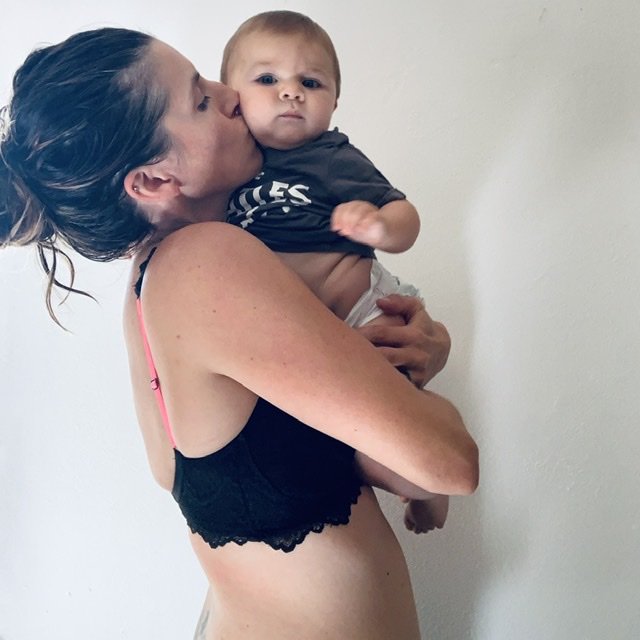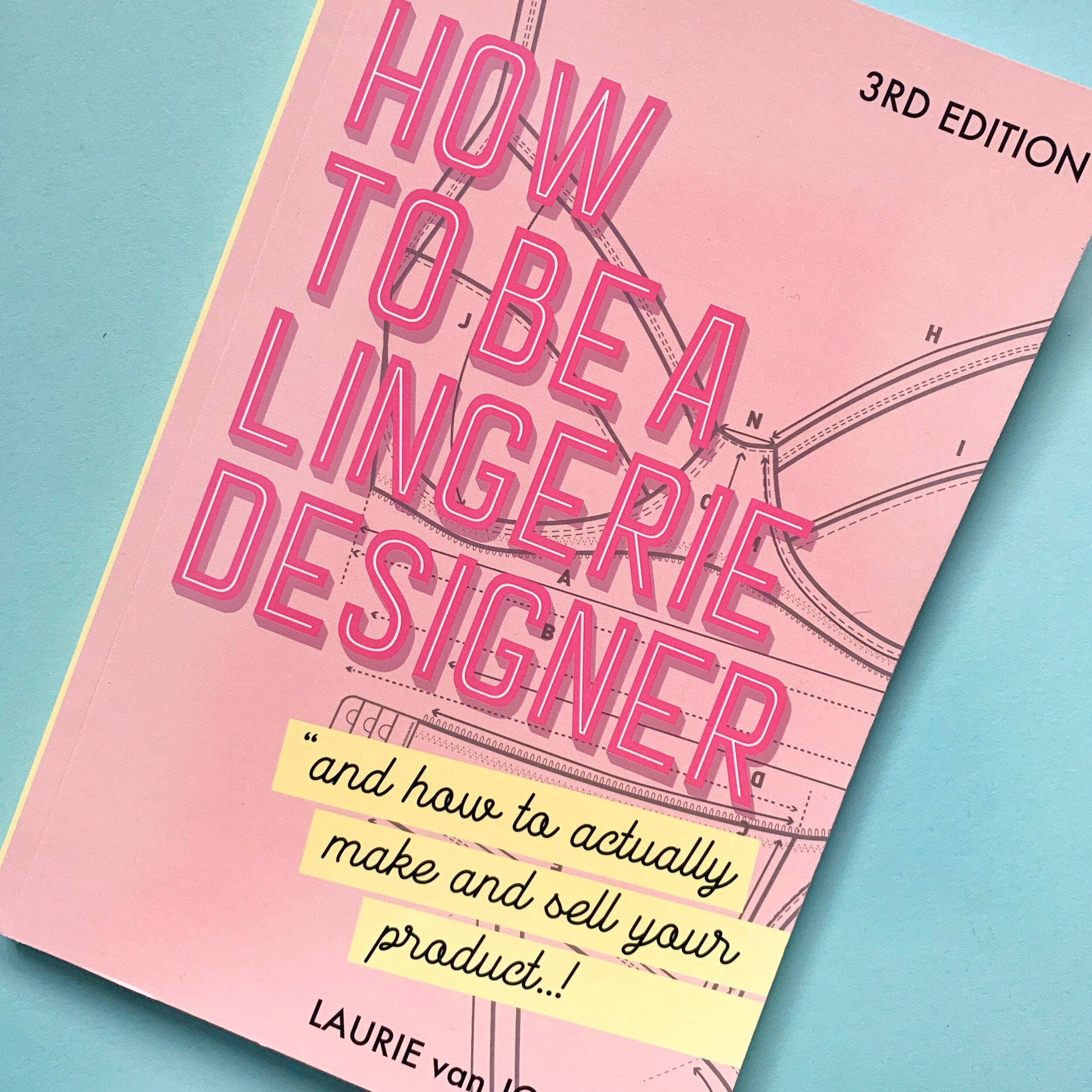The plus four, plus zero debate in lingerie design
Okay, this isn’t a new concept but one that still rolls on.
Let’s start from the beginning once upon a time, ha just kidding, but here we go, years ago when bras first came about they weren’t made with the stretch fabrics we have today because stretch fabrics didn’t make an appearance until around the mid fifties. In the thirties fabrics were a-lot stiffer So for the band of a bra to fit comfortably around a women’s ribcage you took the measurement in inches and added four inches to that measurement, for example if you measured 30” then you would wear a 34” back bra.
As time has gone on some companies still go by the plus four measurement and other state that if you measure 30” under your bust then you should wear a 30” back. Regarding cups, per cup size it’s an inch that your chest is projecting from the rib cage (this gets more complicated when you go above DD cup). so a B cup is projecting one inch away from the ribcage.
I have worked with companies that use the plus four method and others which use the plus zero method. (and even one which uses the 1950s size chart! Which was a tricky design and fit process to be involved in).
So which is correct? This is my experience……
I usually measure 30”/30.5” inches under my bust and approx 34/35” around my bust. I naturally gravitate towards starting with a 30DD bra. When I was a university (20 years around) I did an assignment about bra fitting and spent the day be being measured by 6 different retail stores and the measurements went from 36A to 32DD and everything in-between, there wasn’t one consistent bra size given. At the time I was wearing a 36C as I shopped mainly in the store that gave me the measurement. It wasn’t until my final year at university that I started to wear 32DD ( 30DD didn’t really come up much then) and feel more supported.
So a problem comes up straight away, not many high street stores offer a 30 back, and if you don’t offer it you’re not going to be able to fit to that size, so just be aware if the smaller back isn’t offered then they may be operating on the plus four method.
Another problem with the zero or plus four method, either method isn’t going to suit everyone and the problems with having rules is that at some point, it’s going to make you feel shit about your body, your bra should fit your body not the other way around.
When I ran Vanjo, I fell under the plus zero method of fitting, I offered 28” backs (and specialised in 26” backs on some occasions), my brand was about small backs and big boobs. And what I have noticed the bigger boobs you have the more support you need, and as 80-85% of your support should come from your under-band, it;s going to have to be tight to support your breasts, so I would recommend starting with the plus zero method as a starting out point.
On a personal note when I was pregnant, I measured a 32” under bust and a 39” around the boobs so wore a 32FF (see picture above) six months after my first baby I measured 29” around the under bust and 33” around the boobs, a 30D was so tight and pressured on my ribcage, I could no longer follow the plus zero fitting, so I wore a 32C (so not following the plus four either). Looking at the measurements you can see that my ribcage whilst wearing a 30DD was bigger than when I was wearing a 32C - which means there is no real answer to the plus zero plus four debate.
The best thing when you go for a fit or try on new bras is be armed with how the bra should fit. It being horizontal on your back (again see picture) is the upper most importance and lean forward and scoop your boobs from the armpits towards the centre of the body to ensure all the breast tissue is enclosed in the bra.
Bigger boobs need a tighter back for more support, if you have been being measured (online or in store) where they plus four and your bras aren’t supportive or comfy try the plus zero method. And if in doubt take the same bra and try it across three or four sizes.
If you wish to pin this article please pin below



